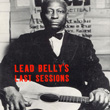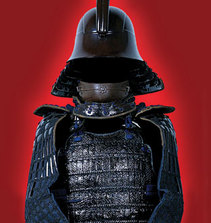 San Francisco’s Asian Art Museum sure has a problem. Last June 12,
San Francisco’s Asian Art Museum sure has a problem. Last June 12,
it opened an exhibition
called Lords of the Samurai, which runs until Sept. 20. It’s the only U.S. venue for a show described in the museum’s press release as:
Through more than 160 objects–armor, weaponry, paintings, lacquer ware, ceramics, costumes, and more–this special exhibition explores the principles that governed the culture of the samurai lords. Nearly all of the objects in the exhibition are from the collection of one of the most distinguished warrior clans, the Hosokawa family. This collection is housed in Japan’s renowned Eisei-Bunko Museum in Tokyo and in the family’s former home, Kumamoto Castle on Kyushu island, Japan. Seven of the artworks on view have been designated Important Cultural Properties, the highest cultural distinction awarded by the Japanese government. Three of the artworks are designated Important Art Objects, another prestigious distinction awarded only to the works of notable artistic and historical significance.
As I understand it, everything was going along well — nice reviews, etc. — until very recently, when someone(s) started a blog parodying the museum’s website. Calling the show “Lord, It’s the Samurai” and labeling the museum “orientalist,” the website — Asians Art Museum — is very clever.
[Read more…] about Samurai Get The Asian Art Museum “Mired In Muck”

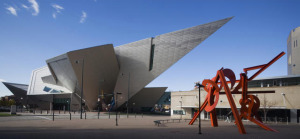
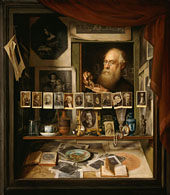
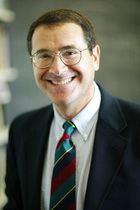 Galenson
Galenson